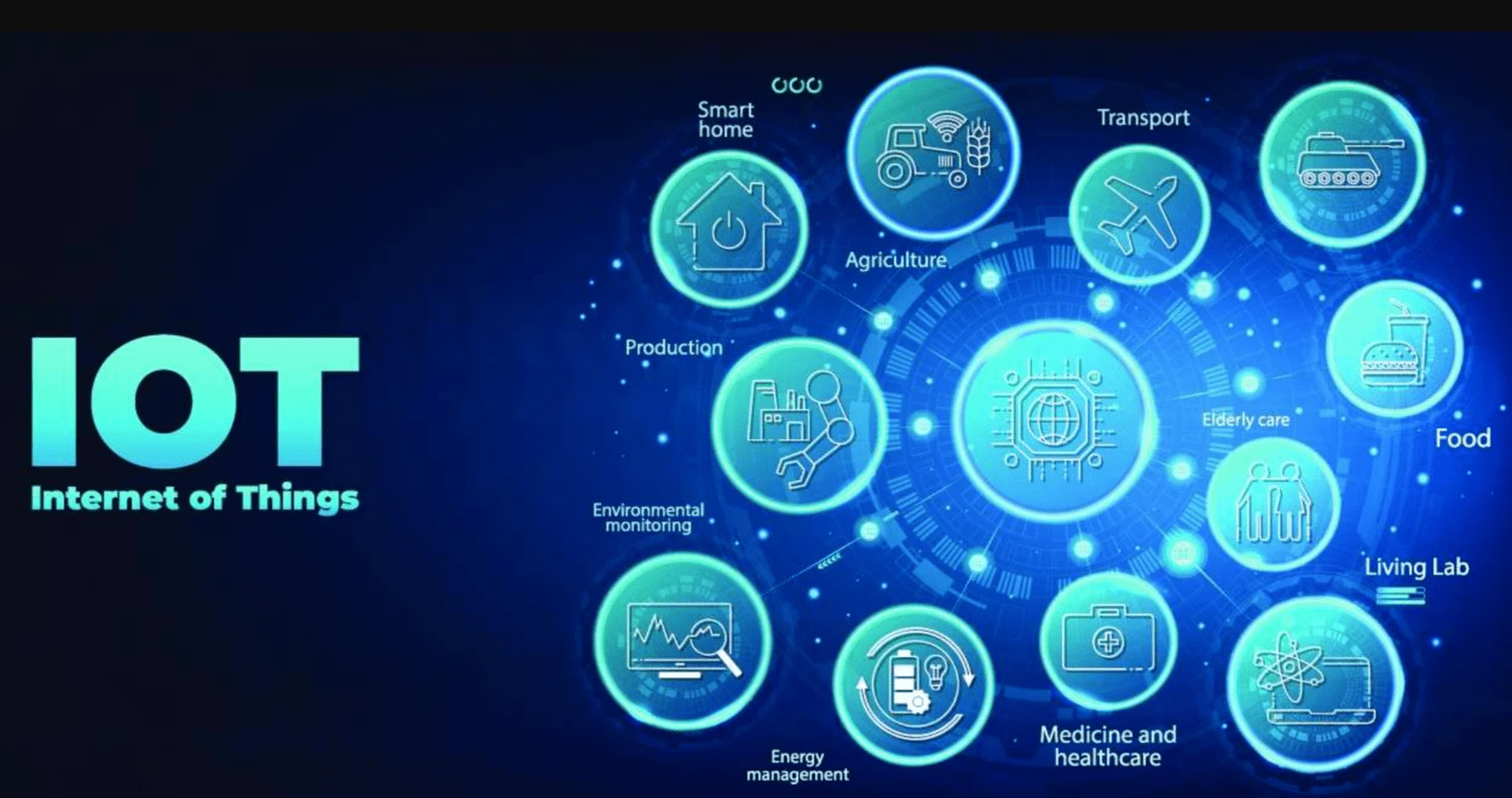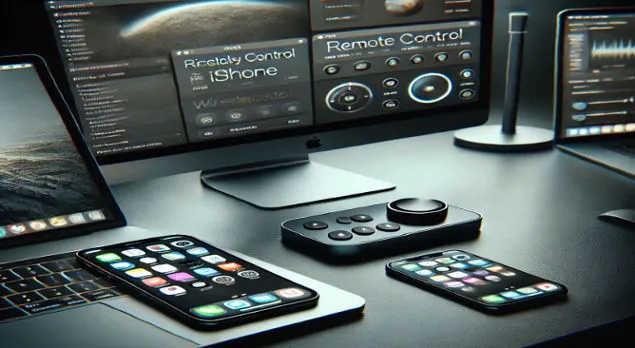Is your computer running slower than usual? A sluggish computer can be incredibly frustrating, especially when you’re trying to meet deadlines, stream videos, or simply browse the web. The good news is that you don’t need to be a tech expert to speed up your computer. In this article, we’ll explore easy and effective tips to fix a slow computer, boost its performance, and get it running like new again. Whether you’re using a Windows PC or a Mac, these tips will help you optimize your system and improve its speed.
Why Is My Computer So Slow?
Before diving into the solutions, it’s important to understand why your computer might be running slowly. Common causes include:
- Too Many Background Programs: Running multiple applications at once can consume your computer’s resources.
- Low Storage Space: A nearly full hard drive can slow down your system.
- Outdated Software or Drivers: Using outdated operating systems or drivers can lead to performance issues.
- Malware or Viruses: Malicious software can hog system resources and slow down your computer.
- Fragmented Hard Drive: Over time, files on a traditional hard drive can become fragmented, making it harder for your computer to access them.
- Overheating: Dust buildup or poor ventilation can cause your computer to overheat and throttle performance.
Now that we’ve identified the potential culprits, let’s dive into the solutions.
Easy Tips to Fix a Slow Computer
1. Restart Your Computer
Sometimes, the simplest solution is the most effective. Restarting your computer can clear temporary files, close unnecessary background processes, and refresh your system. Make it a habit to restart your computer at least once a week to keep it running smoothly.
2. Uninstall Unnecessary Programs
Over time, you may have installed programs that you no longer use. These programs can take up valuable storage space and run background processes, slowing down your computer. To uninstall unnecessary programs:
- On Windows: Go to Control Panel > Programs > Uninstall a Program. Select the programs you don’t need and click Uninstall.
- On Mac: Drag unwanted applications to the Trash or use a third-party uninstaller for a more thorough removal.
3. Free Up Storage Space
A nearly full hard drive can significantly slow down your computer. Aim to keep at least 15-20% of your storage space free. Here’s how to free up space:
- Delete Temporary Files: Use built-in tools like Disk Cleanup on Windows or Optimize Storage on Mac to remove temporary files and caches.
- Move Files to External Storage: Transfer large files like photos, videos, and documents to an external hard drive or cloud storage.
- Uninstall Large, Unused Apps: Identify and remove apps that take up a lot of space.
4. Disable Startup Programs
Many programs are configured to launch automatically when you start your computer, which can slow down the boot process. To disable startup programs:
- On Windows: Press Ctrl + Shift + Esc to open Task Manager, go to the Startup tab, and disable unnecessary programs.
- On Mac: Go to System Preferences > Users & Groups > Login Items, and remove programs you don’t need at startup.
5. Update Your Operating System and Drivers
Outdated software can cause compatibility issues and slow down your computer. Regularly check for updates to your operating system and drivers:
- On Windows: Go to Settings > Update & Security > Windows Update.
- On Mac: Go to System Preferences > Software Update.
Updating your drivers, especially for your graphics card and motherboard, can also improve performance.
6. Scan for Malware and Viruses
Malware and viruses can consume system resources and slow down your computer. Use a reliable antivirus program to scan and remove any malicious software. Some popular options include:
- Windows Defender (built into Windows)
- Malwarebytes
- Norton Antivirus
- Avast
7. Defragment Your Hard Drive (Windows Only)
If you’re using a traditional hard drive (HDD) on a Windows PC, defragmenting can help improve performance. Defragmentation reorganizes fragmented data, making it easier for your computer to access files. To defragment your hard drive:
- Go to This PC, right-click on your hard drive, and select Properties.
- Navigate to the Tools tab and click Optimize under the Optimize and Defragment Drive section.
Note: If you’re using an SSD (Solid State Drive), defragmentation is not necessary and can even reduce its lifespan.
8. Upgrade Your Hardware
If your computer is still slow after trying the above tips, it might be time to consider a hardware upgrade. Here are some options:
- Add More RAM: Increasing your computer’s memory can significantly improve performance, especially if you multitask frequently.
- Switch to an SSD: Replacing your traditional hard drive with an SSD can dramatically speed up boot times and file access.
- Clean Your Computer’s Interior: Dust buildup can cause overheating and slow down your computer. Open your computer (if possible) and clean the fans and vents.
9. Adjust Visual Effects
Fancy visual effects can strain your computer’s resources. Reducing these effects can help improve performance:
- On Windows: Right-click on This PC, select Properties, and click Advanced System Settings. Under the Performance section, click Settings and choose Adjust for best performance.
- On Mac: Go to System Preferences > Dock & Menu Bar and reduce transparency and animation effects.
10. Reset or Reinstall Your Operating System
If your computer is still slow, a factory reset or clean installation of your operating system can help. This will remove all files and programs, giving you a fresh start. Be sure to back up your data before proceeding.
- On Windows: Go to Settings > Update & Security > Recovery and choose Reset this PC.
- On Mac: Restart your Mac and hold Command + R to enter Recovery Mode, then select Reinstall macOS.
FAQs About Fixing a Slow Computer
1. How often should I restart my computer?
Restarting your computer once a week can help clear temporary files and refresh your system.
2. Can a virus cause my computer to slow down?
Yes, malware and viruses can consume system resources and slow down your computer. Regularly scan your system for threats.
3. Is it safe to defragment my hard drive?
Defragmentation is safe for traditional hard drives (HDDs) but not recommended for SSDs.
4. How much free storage space should I keep on my computer?
Aim to keep at least 15-20% of your storage space free for optimal performance.
5. Will upgrading to an SSD speed up my computer?
Yes, upgrading to an SSD can significantly improve boot times, file access, and overall performance.
6. How can I prevent my computer from slowing down in the future?
Regularly update your software, avoid installing unnecessary programs, and keep your storage space free.
Conclusion
A slow computer doesn’t have to be a permanent problem. By following these easy speed-boosting tips, you can optimize your system’s performance and enjoy a faster, more efficient computing experience. Whether you’re freeing up storage space, disabling startup programs, or upgrading your hardware, these steps will help you get the most out of your computer. Remember, regular maintenance is key to keeping your computer running smoothly for years to come.
If you’ve tried all these tips and your computer is still slow, it might be time to consult a professional or consider investing in a new device. Happy computing!
I’m a blogger and SEO executive with 3+ years of practical experience in content creation, on-page SEO, and link building. I manage a network of 25+ active blogs that I use to support ethical and relevant link placements. My focus is on creating quality content and link building strategies that provide you with practical, useful information while helping websites grow sustainably in search rankings.



